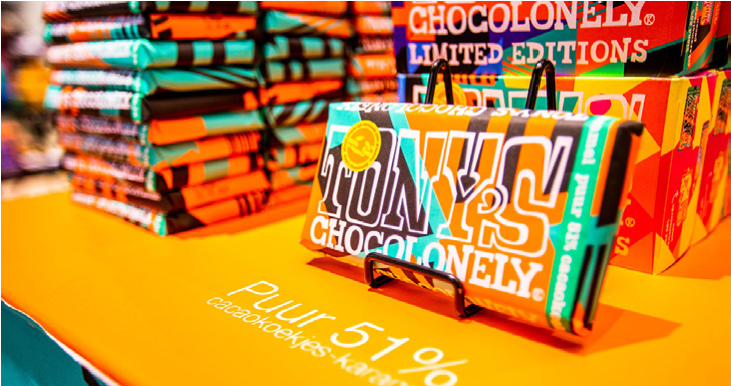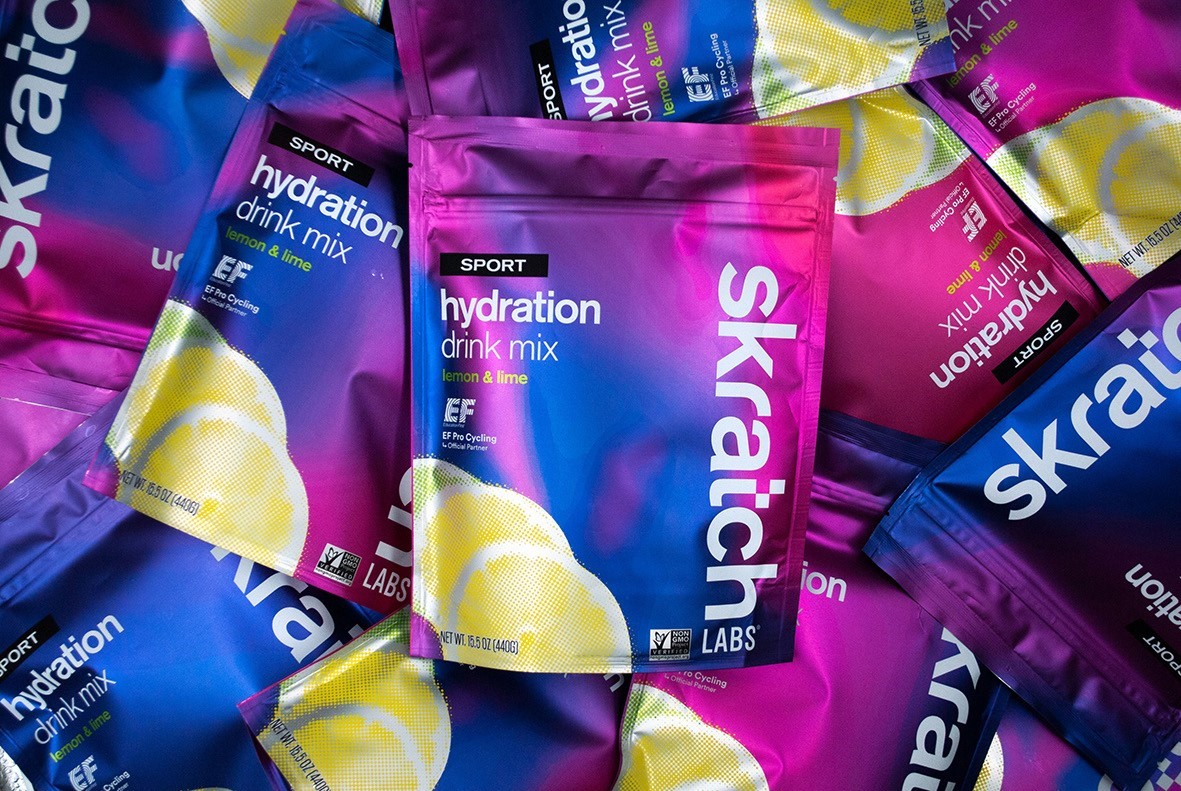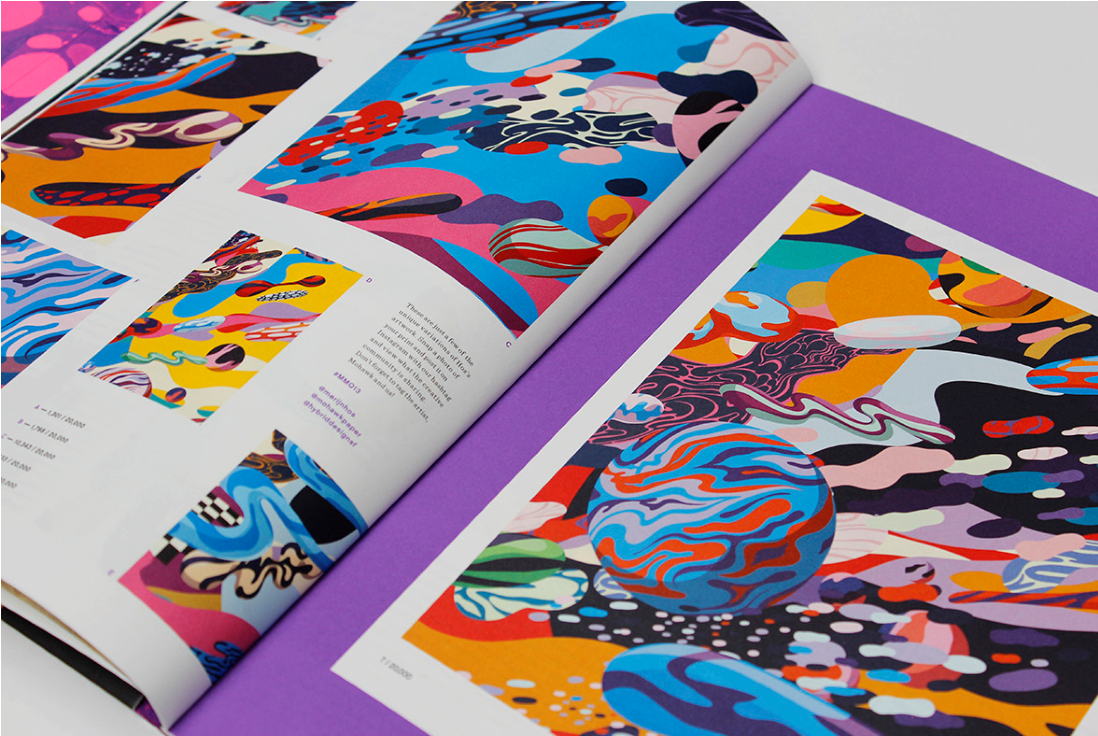Case Study
When HP announced a new fleet of commercial and labels and packaging digital presses in early 2020 they set a new benchmark for the industry in terms of image quality and productivity. The PDF print engine that powers this fleet is Harlequin®; it’s at the heart of the PrintOS Production Pro Digital Front End (DFE). Technically superior to any other RIP software, it’s the critical component that processes the huge amounts of data generated by a diverse range of printing applications. And, as this case study will outline, of equal importance is the relationship that has developed between Global Graphics Software and HP over the years.
Harlequin was first used in an HP digital press in 2002 when it was chosen as the on-board RIP for the HP Indigo 5000.
Very soon after HP expanded its use, having experienced the performance and reliability that you would expect from the market-leading RIP. Then they expanded it again. And again. And in those intervening years, with the landscape of digital printing shifting rapidly with the introduction of new inks, substrates, increased amounts of variable data, security features and embellishment, not to mention countless other developments, Harlequin has proved itself in the field. Its ability to send data to a press to keep it running at rated speed without adversely affecting the bill of materials, and to render artwork exactly as the graphic designer or brand manager intended, is unparalleled. By the time Labelexpo Europe 2019 came along, Harlequin was driving everything in the HP pavilion: labels and packaging presses as well as the commercial fleet. And the Harlequin-driven DFE was significantly faster than its predecessor for labels and packaging.
KEY FACTS
- Harlequin drives the full range of HP Indigo commercial, labels and packaging, plus all PageWide web presses through the PrintOS Production Pro DFE
- It is significantly faster than the previous solution for HP Indigo labels and packaging presses
- High-speed RIPping powers presses at engine speed for optimum productivity
- Close collaboration with shared roadmaps is key to successful partnership
Martin Bailey, Product Manager Harlequin RIP & CTO Global Graphics Software“You can’t just throw a finished RIP over the wall and hope it works with your customer’s hardware. It is critical that Global Graphics involves HP as a partner in the design and delivery process.”
THE NEED FOR SPEED
With every successive generation of press comes the requirement for more speed at higher resolutions. The range of presses introduced in 2020 RIP at 1625dpi, increasing the required data rate fourfold compared to previous presses at 812dpi. Harlequin is the fastest RIP technology available but Global Graphics also fine tunes performance gains to each particular customer, and this requires a very close integration of support teams.

Tony Chocolonely Chocolate bars - each one unique - created using HP Mosaic technology and printed on the HP Indigo 12000 digital press.
"You can’t just throw a finished RIP over the wall and hope it works with your customer’s hardware. It is critical that Global Graphics involves HP as a partner in the design and delivery process," says Martin Bailey, the Harlequin RIP product manager and Global Graphics Software’s CTO.
"Pre-planning can be several years in advance of a new model. We discuss quite some way ahead of time feature sets that we plan to put into our next RIP version and are willing to adjust schedules, prioritization and implementation details to meet specific needs. You can only really do this effectively if you share product road maps in both directions. It’s important to continue that approach all the way through a project,” says Bailey, “so that as Global Graphics refines its RIP design, that level of detail is provided to the partner.”

ePac created these award-winning pouches for a sports hydration company based on the colors of the uniform of the cycling team. Created using HP Mosaic and printed on the HP Indigo 20000 Digital Press.

Special edition book that showcases the creation of a unique set of artworks created with HP Indigo technology.
HP Indigo V12, prints up to six colors at 120 linear meters per minute“With up to 12 colors on press and new high definition imaging at a 1600 dpi resolution, that’s a further increase in data volumes, increasing the data rate 2.25 times compared with the current fastest narrow-web label Indigo press, the 8000 series.”
OPTIMIZE FOR WHAT THE CUSTOMER NEEDS
Given the right DFE architecture it’s always possible to achieve rendering performance adequate to drive the digital press at rated speed. The challenge isn’t just to be fast enough, it’s to achieve that goal without incurring an uneconomically high cost for the bill of materials to build the DFE. By making the Harlequin RIP exceptionally fast and efficient Global Graphics has allowed HP to achieve engine speed with fewer copies of the RIP, with a concomitant reduction in the costs for hardware, operating systems and other associated software. And that makes it greener too, because you need fewer computers and less power for the DFE.
IT’S ALL ABOUT THE DATA
The HP Indigo V12 is poised to disrupt the label market ecosystem by making significant production volumes a reality for operators and gives a good example of what is happening to data rates. It prints up to six colors at 120 linear meters per minute, using six inline imaging engines running simultaneously and can produce up to 130,000 linear meters per day with one operator. It’s easy to see why Harlequin has to be faster with each software release.
We start by discussing with HP what they will need for their next generation presses and workflows, what their aims are for improvement and where they have challenges. Then we design new functionality within Harlequin so that we can deliver what they need. We share specifications, APIs and schedules and jointly ensure that we’re targeting the correct issues so that HP Indigo can start designing their part of the equation in parallel with our work at Global Graphics Software. We drill down to more and more detail over time. As we approach our delivery date we provide early access to builds so that HP can start their development. By following this process we have already delivered the new functionality the Indigo will need to keep the V12 press running as efficiently as possible.
Another example of this is in 2017 when HP Indigo decided to integrate Harlequin into the DFE that drives its labels and packaging presses to gradually replace the Esko FlexRIP There was close collaboration to ensure that converters who installed a new press alongside an existing model could match the rendering weight of output, regardless of their pre-existing HP solution, an important factor for regulated markets.
The Esko FlexRIP is known for rendering vector graphics much lighter than most other RIPs, so Global Graphics added a new rendering mode in the Harlequin RIP to match that … with an extra tweak to avoid drop-outs, to stop that very light rendering causing breaks in fine graphics. The result is a solution that excels both at matching the rendering from Esko RIPs, and at rendering legible text at very small sizes … even in complex scripts such as Japanese Kanji. The transition has taken place and now HP Indigo’s label and packaging presses launched in 2020 can only be driven using Harlequin.
CLOSE COLLABORATION
So, it’s not all about the technology, according to Bailey, it’s about the close relationship that has developed between individuals. "We work closely with HP’s product management and software development teams in Israel and in the US. The Harlequin RIP does everything that HP needs it to do and regular releases keep it that way. As important as the power of our solution is the fact that we are totally focused on their requirements and flexible enough to accommodate changes to our product roadmaps which we readily share with them."
ABOUT HP
HP Indigo pioneered digital printing, unveiling the world’s first digital printing press in 1993. It triggered a revolution by eliminating the plates and setup needed for offset printing. HP Indigo combines all the advantages of its liquid electrophotography (LEP) technology into a powerful digital printing solution for a wide variety of applications over an extensive portfolio of digital presses.
With the widest ink and substrate versatility in the digital printing industry, designers have the full freedom to create impressive print jobs with offset-matching quality. Sophisticated color matching technology makes it possible to accurately match brand spot colors from the first piece to the last.
From labels to packaging, publishing to direct mail, marketing collateral to photography and more, HP Indigo customers are connecting the imaginations of people with the potential of print to create meaningful experiences for consumers and brands.
Today, more than 7500 HP Indigo presses are serving many of the world’s leading print service providers around the world, who, together with a network of leading partners, are continuing to drive the revolution in digital print.

